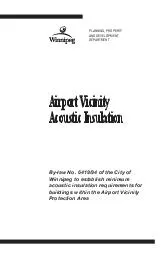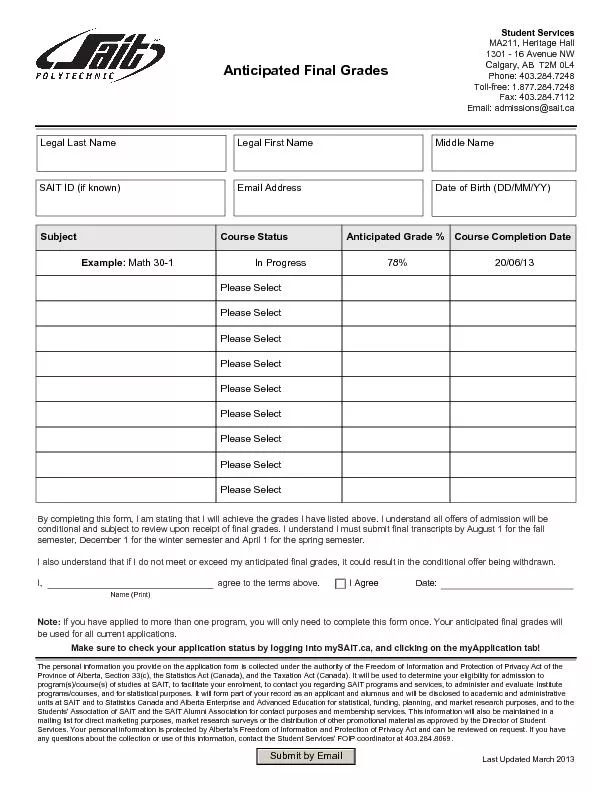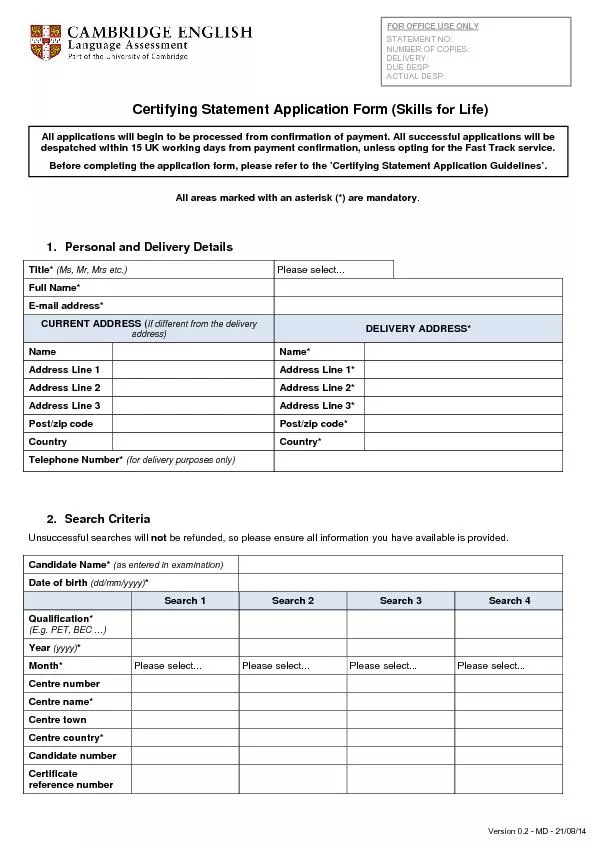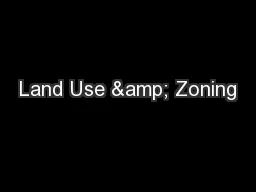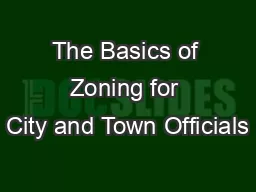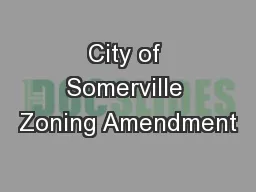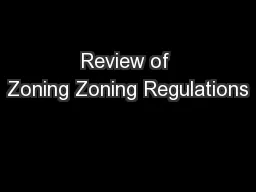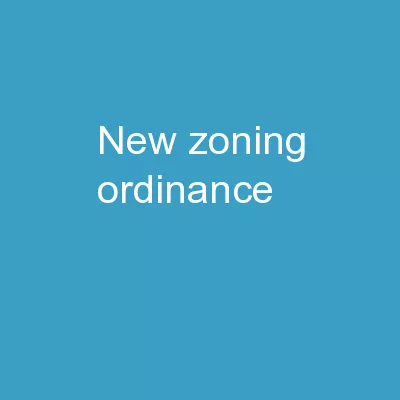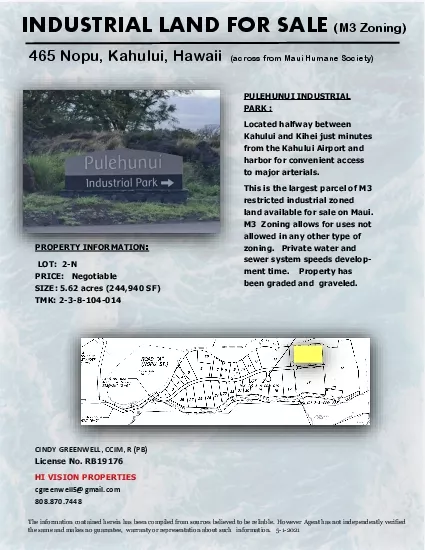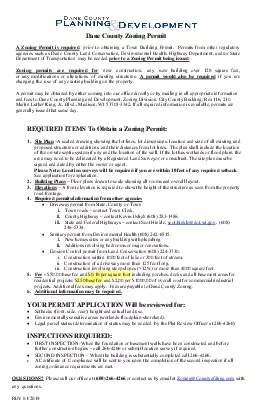PDF-For more information regarding this booklet please contact:Zoning and
Author : phoebe-click | Published Date : 2016-08-21
City of Winnipeg wwwwinnipegcappdJune 2009 The map identixFB01ed as Schedule A to this Bylaw is added as Schedule A at the end of the Airport Vicinity Acoustic ByLaw
Presentation Embed Code
Download Presentation
Download Presentation The PPT/PDF document "For more information regarding this book..." is the property of its rightful owner. Permission is granted to download and print the materials on this website for personal, non-commercial use only, and to display it on your personal computer provided you do not modify the materials and that you retain all copyright notices contained in the materials. By downloading content from our website, you accept the terms of this agreement.
For more information regarding this booklet please contact:Zoning and: Transcript
Download Rules Of Document
"For more information regarding this booklet please contact:Zoning and"The content belongs to its owner. You may download and print it for personal use, without modification, and keep all copyright notices. By downloading, you agree to these terms.
Related Documents

